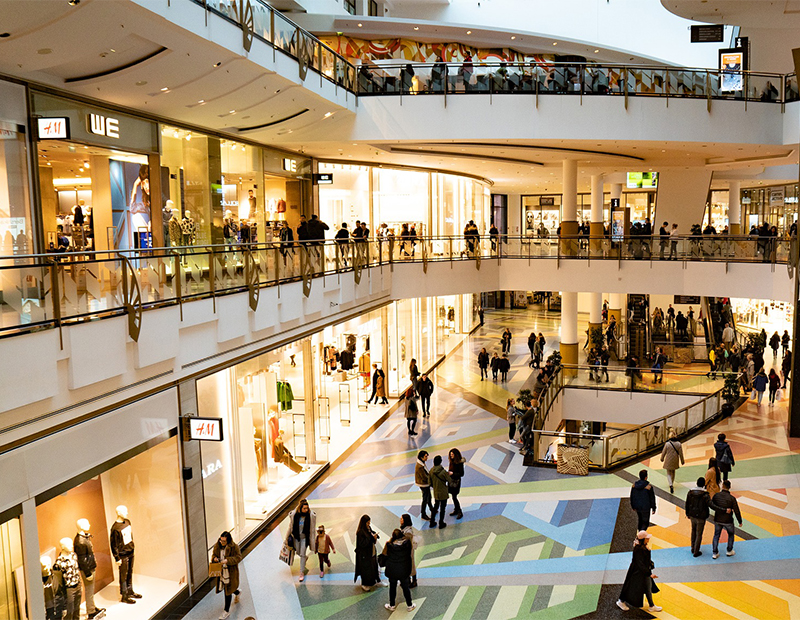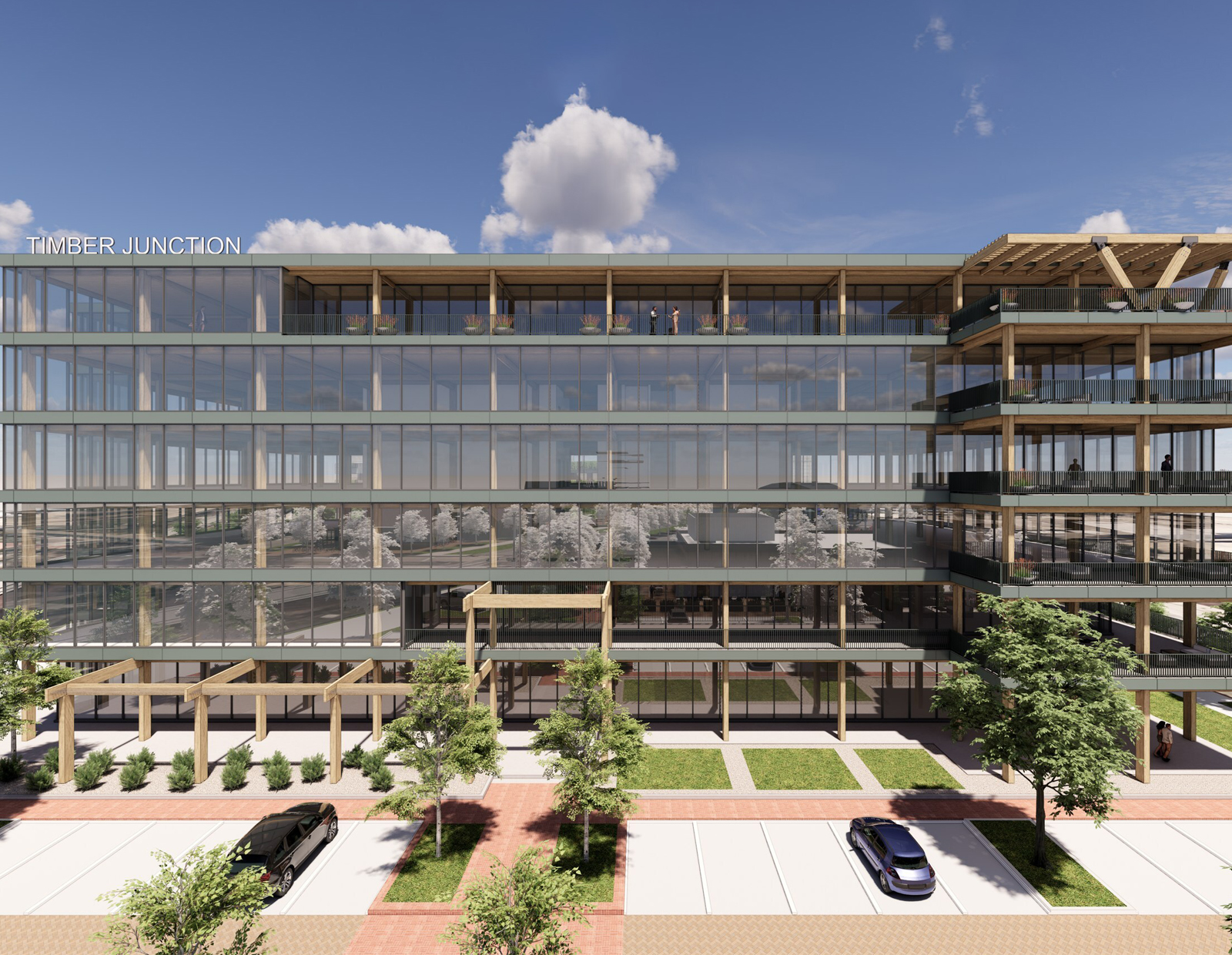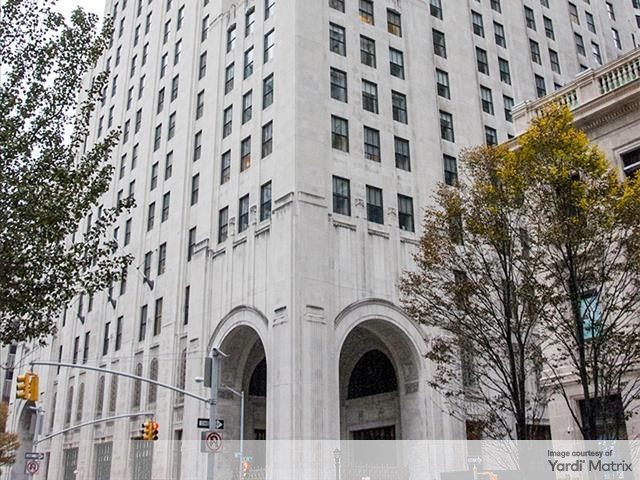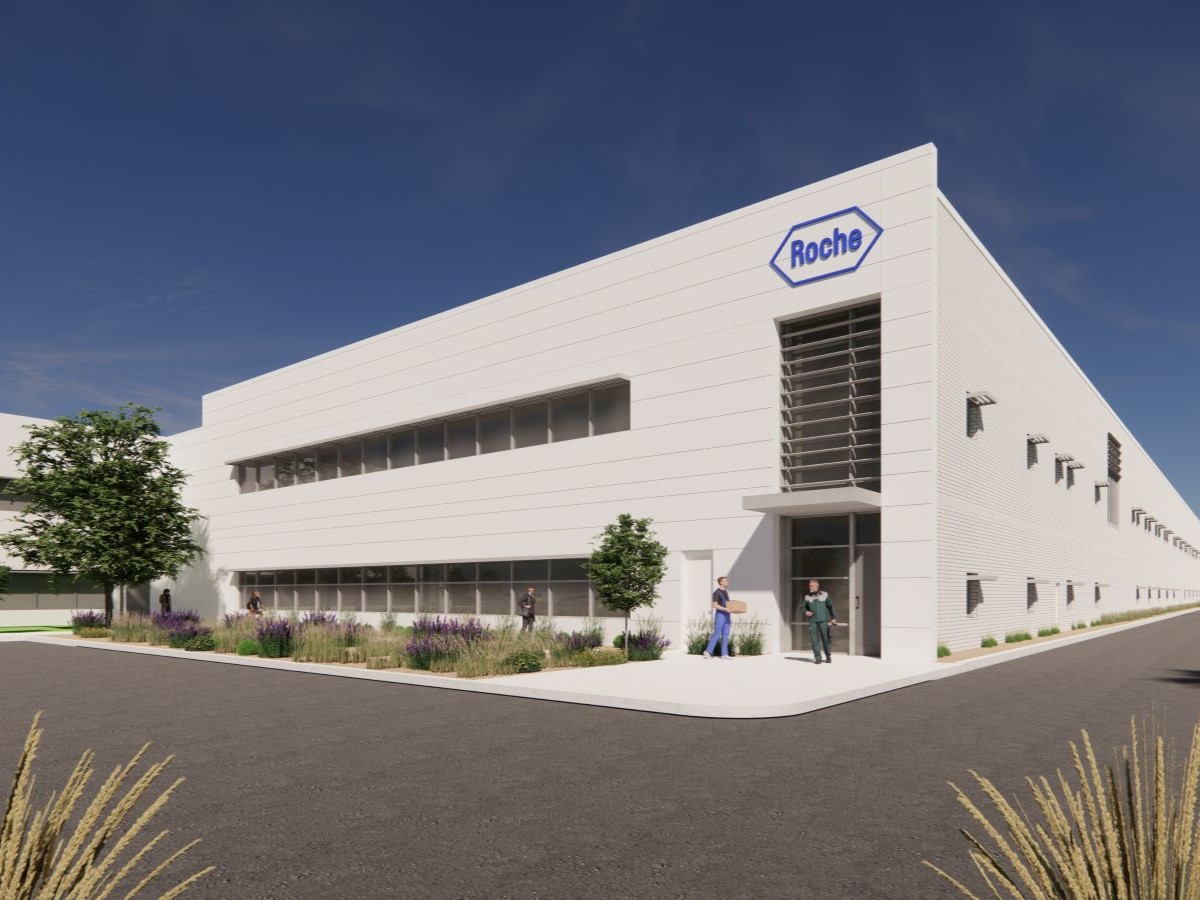How the Pop-Up Market Has Matured
The term “pop-up” has evolved past just the temporary retail space that many consumers are familiar with, according to a new Cushman & Wakefield report.

Image via Pixabay
As pop-ups continue their growth in popularity throughout the retail world, Cushman & Wakefield examined how this niche model has evolved from the traditional pop-ups into the various non-traditional counterparts.
The pop-up concept has been around for longer than the trend as many consumers first encountered pop-ups during the holiday shopping season with seasonal pop-ups. The growth in the seasonal pop-up shops category was mainly driven by Halloween sales, according to the report. Halloween-related spending in 2019 totaled $8.4 billion, up 70 percent over the past 10 years, according to the National Retail Federation. The report noted that roughly 2,500 temporary Halloween stores opened across the U.S. in 2019, compared to 1,400 a decade ago.
READ ALSO: Top Trends for the 2019 Holiday Retail Season
While seasonal retail has been one of the most long-standing forms of pop-up, the model has evolved far past its holiday roots. Following 300 pop-ups in the New York City market since 2018, Cushman & Wakefield found that only a handful were the traditional seasonal users. These days, pop-ups can act as more of a path to a permanent space, or offer a brand an opportunity to raise awareness, or simply create an experience.
Pop-Up Evolution
As the term “pop-up” has evolved, many subcategories of this retail category have taken shape. The more straightforward event pop-ups are still popular, but many new forms of pop-ups have also been catching on.
Companies are now collaborating to create pop-in stores, where a company takes space in an existing retailer’s space. This set-up allows the emerging brands to get some exposure while the existing retailer can benefit from the fresh concept and buzz. Macy’s tried the pop-in concept in May 2018 where curated concept retailer Story took space within the department stores and it led to a 36-location deal with the smaller retailers in April 2019.
Other retailers focus on a purely experiential option, like the Museum of Ice Cream that showed up in Manhattan, San Francisco, Los Angeles and Miami. While there’s often some merchandise involved, like gift shops or souvenirs, these experiential pop-ups are really meant for visiting and snapping Instagram pics. This model has proven successful as the Museum of Ice Cream’s experiential pop-ups have also led to a permanent space in San Francisco and a recently signed 10-year deal in SoHo.
Similar to the event pop-ups, media/entertainment pop-ups have attracted many crowds by offering consumers a way to interact in-person with their favorite TV shows, films, or music. And in the hospitality pop-up category, major brands have been working with hotels, bars and restaurants to offer a unique opportunity, like a hotel rebranding as Bell Palm Springs—A Taco Bell Hotel and Resort.
While many successful pop-up stories look to eventually develop into permanent spaces, Cushman & Wakefield sees the permanent pop-ups or retail marketplaces as a way to get the best of both worlds. This model, often seen as food halls, allows pop-ups to pay a flat fee to get a stall or spot in this retail marketplace that allows them to test the waters for their demand. According to Cushman & Wakefield, this retail marketplace concept has great potential and could spread past North America.
Overall, the widening field of the pop-up sector is expected to keep evolving due to the retail market’s soft conditions. However, Cushman & Wakefield feels the popularity of the pop-up is a result of the cyclical market and will not be permanent—however, the innovative ways retail spaces are being increasingly used in different ways and by different tenants will remain.







You must be logged in to post a comment.